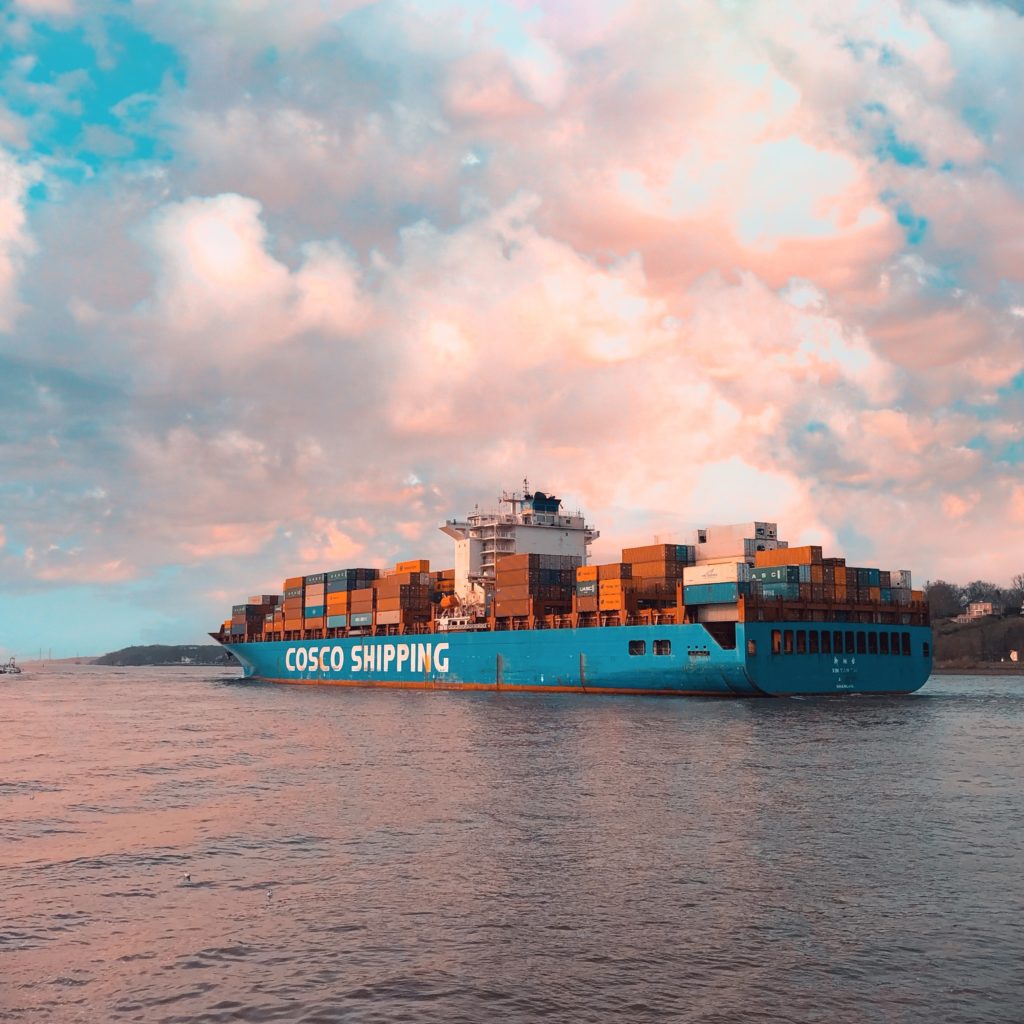We are a consumer society. As our populations started to grow, and more people began to receive education, we started to specialize in specific trades. This means that the majority of us no longer grow our own food, bake our own bread, make clothes, furniture, or other items. This is the information age, so the majority of us don’t make any of the things we use. Instead, we source our food, clothing, entertainment, furniture, and nearly every other item from somewhere else.
Amidst this pandemic, our society has shifted even further online to protect ourselves and loved ones. We can now buy everything online, from electronics to home decor, to even fresh groceries. While most of them get to our home via truck, they make the longest leg of their trip (mostly from the manufacturer to the warehouse) in a very different way. In 2018, it was estimated that 90% of goods were transported via cargo ship. While we focus on the impact of cars and airplanes, we tend to forget how cargo ships are detrimental to our environment. These giant ships burn fossil fuels to cross thousands of miles of ocean, but not just any fossil fuel. They use something called bunker fuel, which is the sludgy remnants from petroleum refinement. This deadly, high-emission mixture is extremely cheap, which is what makes overseas shipping cost next to nothing. (Out of the $50 price of a pair of jeans you bought that was made in China, mere cents might have gone to transportation.) So it’s not surprising that cargo ships collectively emit approximately 1 billion tonnes of carbon each year. This is roughly the same amount as the entire country of Germany.
A Finnish company called Norsepower is working on a solution. For a long time, country leaders and environmental groups discussed changing the fuel source of cargo ships to diesel. Diesel releases less heat-trapping greenhouse gases than petroleum, but more dangerous particulate matter—which is partly why diesel-heavy countries in Europe have worse air pollution than most places in the U.S. Norsepower realized this wasn’t going to be a long-term solution, so it began working on wind-powered “sails” for the behemoth ships. The original design introduced the rotor sail. These “sails” that look like smokestacks rotate on their own axis, which generates energy. Although they must be given a thrust of energy to get them started, the designers report under favorable wind conditions, the sails could reduce carbon emissions by 25%.
The original design had one problem, however. Many of the cargo ships have to pass under bridges on the way to ports to unload shipments. These 35-meter-high sails prevented this, and ships were forced to find alternative routes that often proved less direct and therefore used more energy. Last month, the company unveiled a new design that allows the Rotor Sails to tilt, thus allowing the ship to safely pass under bridges and take the most optimal route.
The new design will be tested on the SC Connector, a cargo ship managed by Sea-Cargo, a popular logistics company in the North Sea, by the end of this year. Hopefully, all goes well, and we’ll be seeing more wind-powered cargo ships in the near future. Until then, reducing our contribution to cargo ship emissions is of the utmost importance. By shopping for locally made goods, we are purchasing from a shorter supply chain. This doesn’t necessarily mean that the supply chain didn’t use any cargo ships. Still, locally-made goods use the transportation method significantly less. Yet another reason to choose local!
Get more like this—Sign up for our daily inspirational newsletter for exclusive content!
___
Photo: Andreas Dittberner on Unsplash





